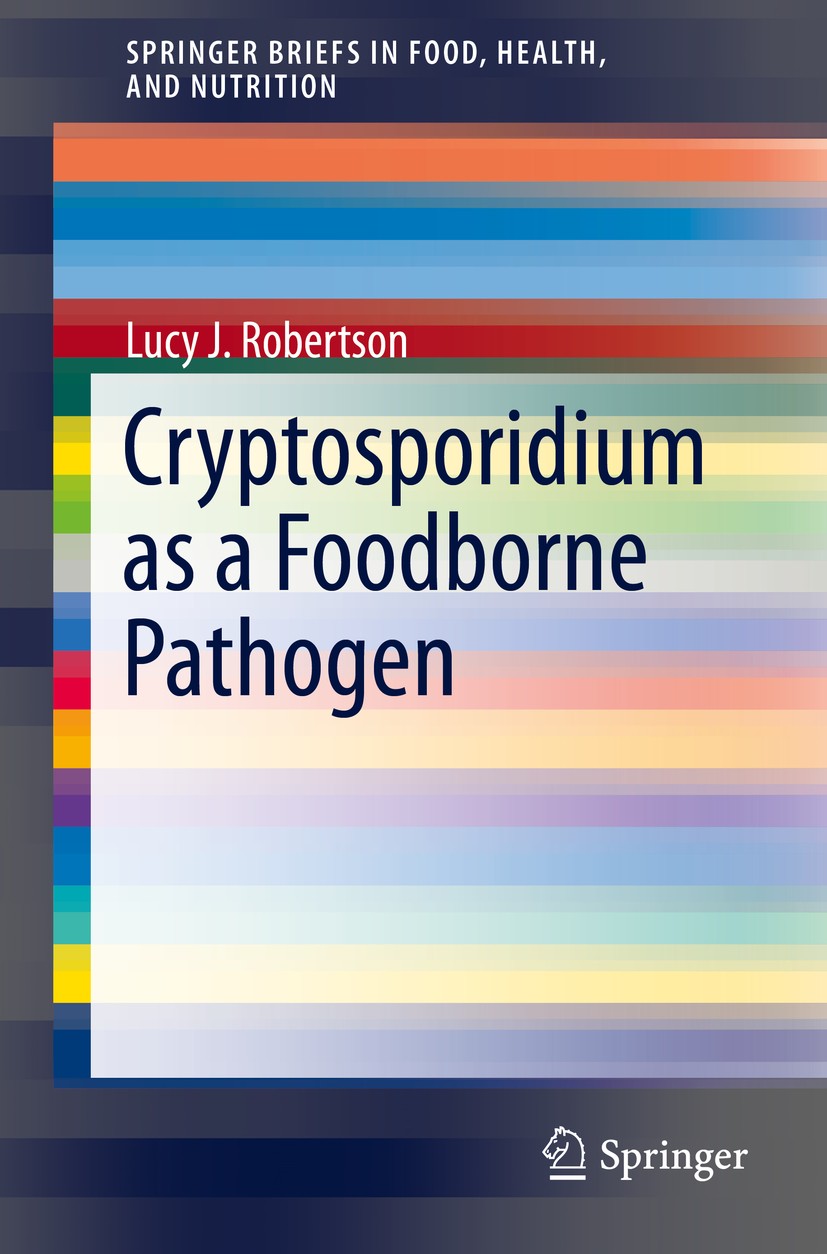| 书目名称 | Cryptosporidium as a Foodborne Pathogen | | 编辑 | Lucy J. Robertson | | 视频video | http://file.papertrans.cn/241/240619/240619.mp4 | | 概述 | Includes supplementary material: | | 丛书名称 | SpringerBriefs in Food, Health, and Nutrition | | 图书封面 |  | | 描述 | Although widely recognized as an important waterborne pathogen, Cryptosporidium spp. can also be transmitted by contamination of food. The same properties of this protozoan parasite that mean that water is an excellent transmission vehicle are also important for foodborne transmission. These include the low infective dose, the high number of oocysts that are excreted, and the robustness of these transmission stages. However, many more outbreaks of waterborne cryptosporidiosis have been reported than foodborne outbreaks. This is probably partly due to epidemiological tracing being much more difficult for foodborne outbreaks than waterborne outbreaks, and the number of persons exposed to infection often being fewer. Nevertheless, the potential importance of foodborne transmission is gradually being recognized, and a wide range of different foodstuffs have been associated with those outbreaks that have been recorded. Additionally, various factors mean that the potential for foodborne transmission is becoming of increasing importance: these include the growth of international food trade, a current trend for eating raw or very lightly cooked foods, and the rise in small-scale organic fa | | 出版日期 | Book 2014 | | 关键词 | Cryptosporidium; Giardia duodenalis; foodborne pathogen; transmission; waterborne pathogen | | 版次 | 1 | | doi | https://doi.org/10.1007/978-1-4614-9378-5 | | isbn_softcover | 978-1-4614-9377-8 | | isbn_ebook | 978-1-4614-9378-5Series ISSN 2197-571X Series E-ISSN 2197-5728 | | issn_series | 2197-571X | | copyright | Lucy J. Robertson 2014 |
The information of publication is updating

|
|
 |Archiver|手机版|小黑屋|
派博传思国际
( 京公网安备110108008328)
GMT+8, 2025-12-14 02:42
|Archiver|手机版|小黑屋|
派博传思国际
( 京公网安备110108008328)
GMT+8, 2025-12-14 02:42


